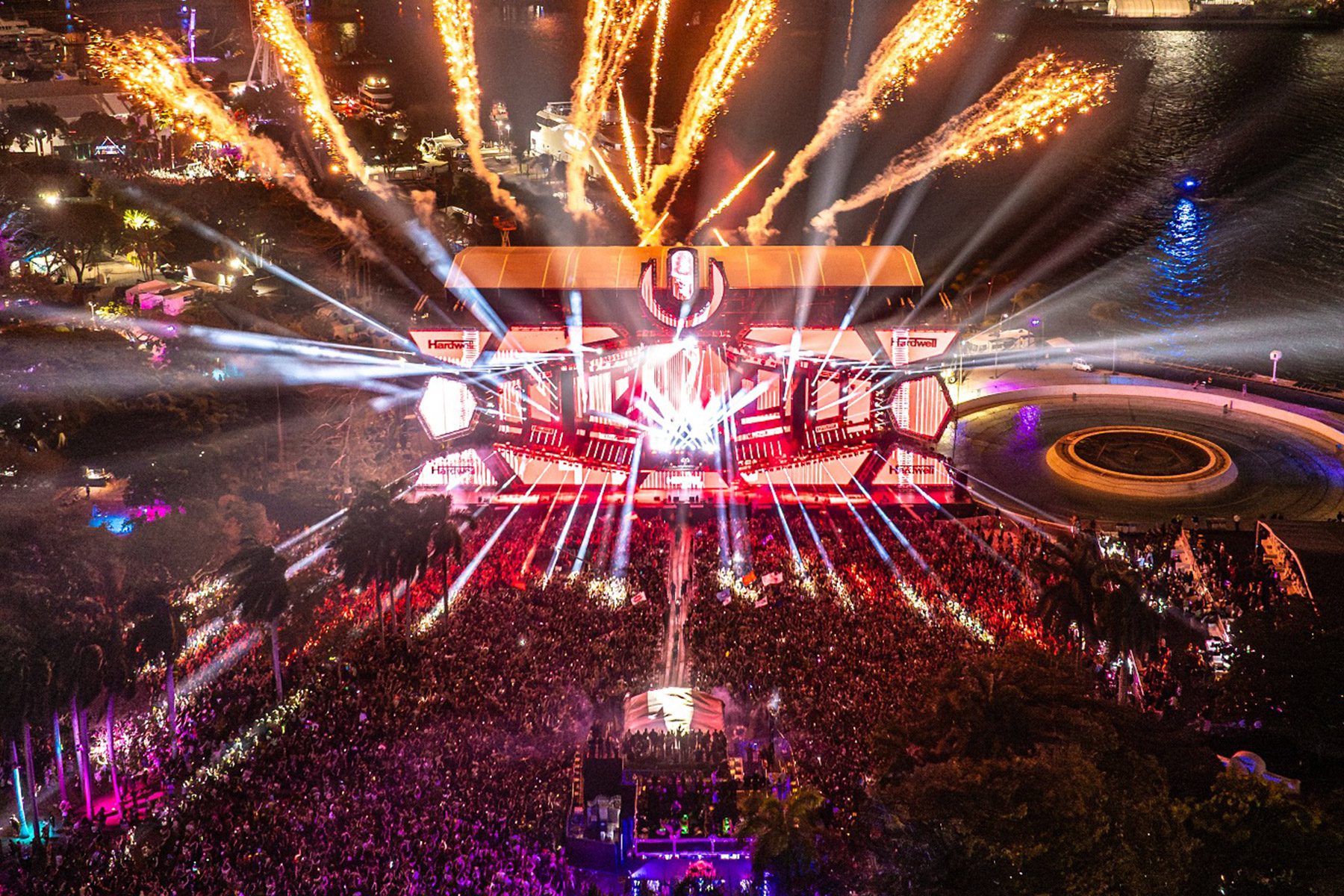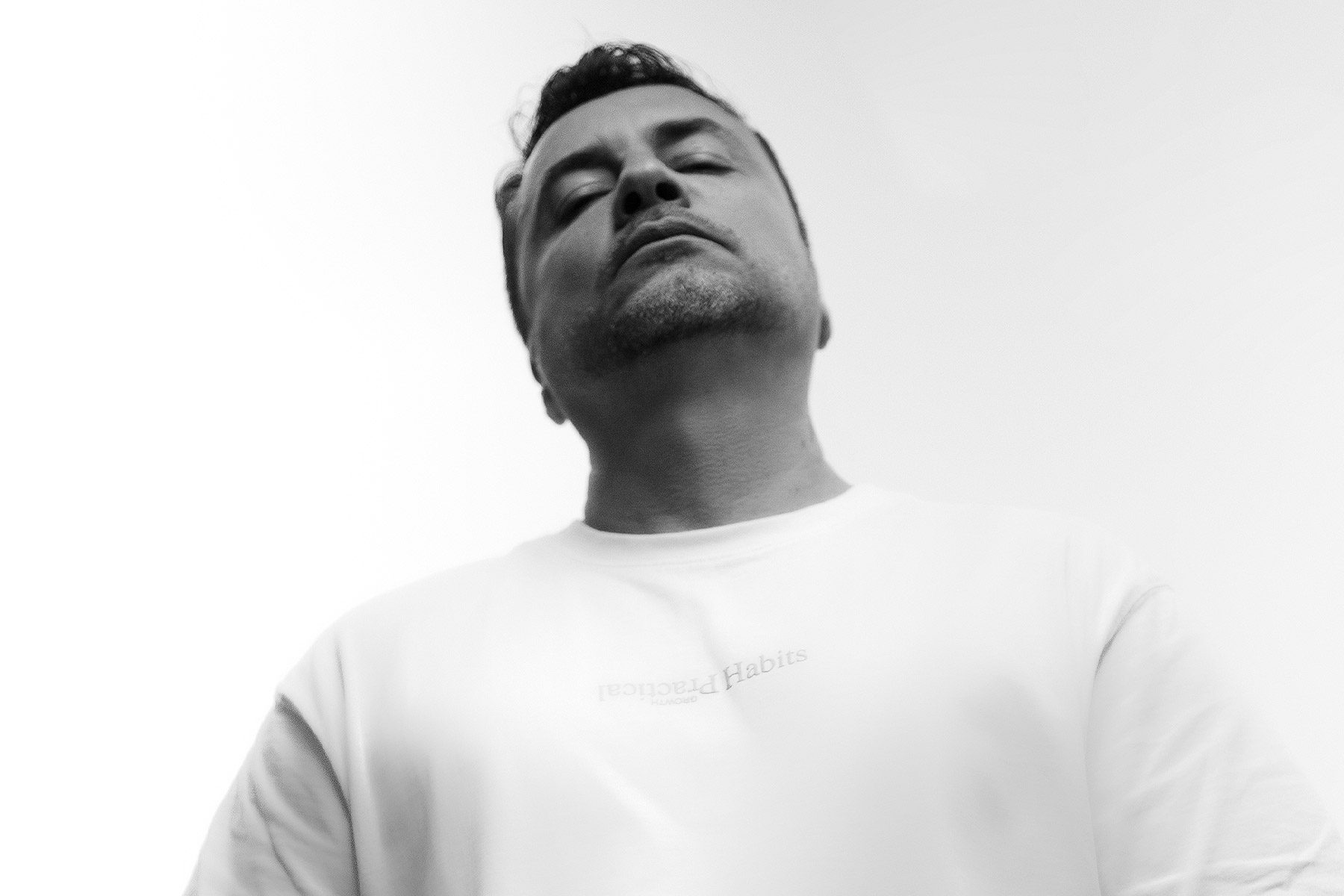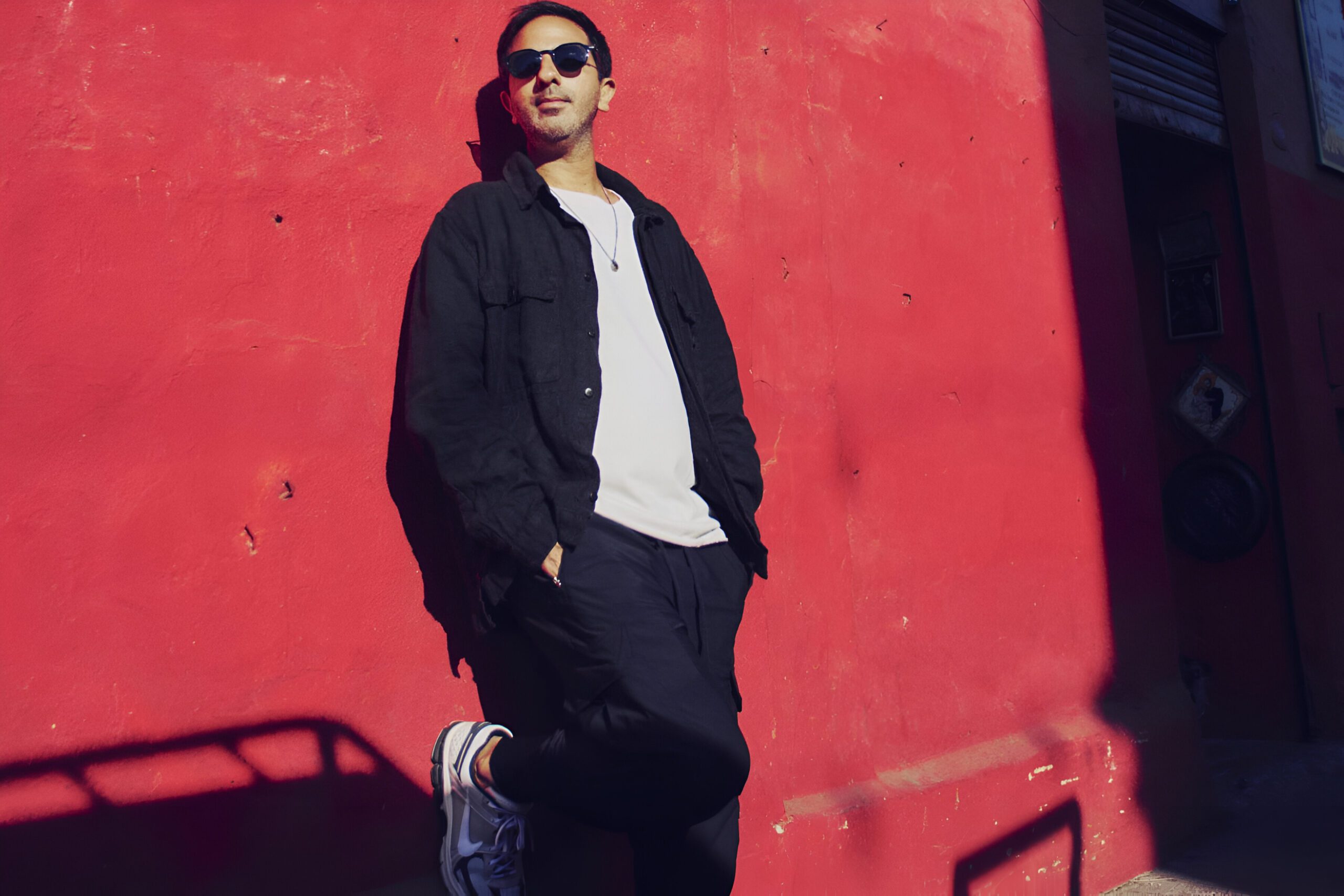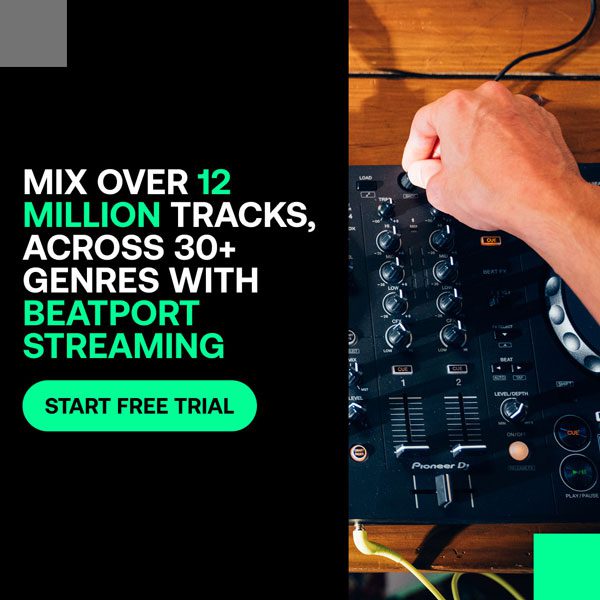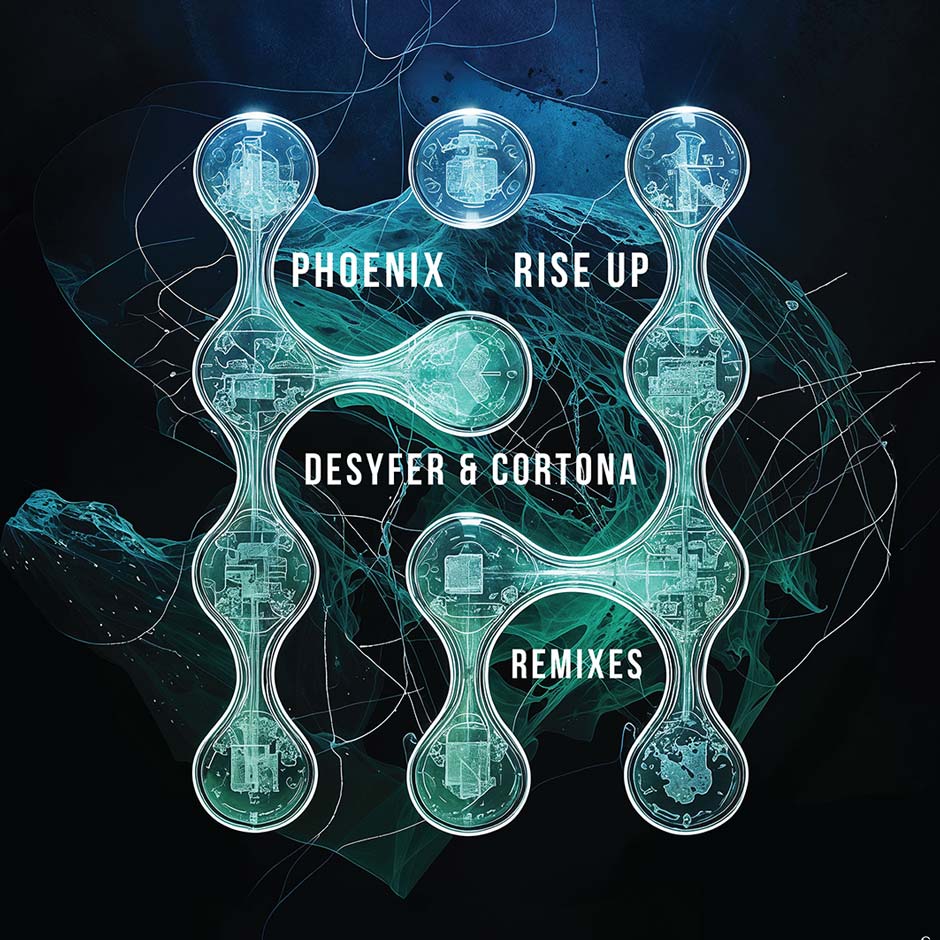The music industry, once a symphony of collaboration, now resonates with discord, and at its core lies a disheartening saga: the treatment of electronic music artists by the streaming behemoth Spotify. In the reverberations of artist gratitude for loyal followers, a disquiet swells—a disquiet driven by the stream company’s ever-strikingly low payout rates, creating a chasm between platform prosperity and artist compensation.
Photo by Haithem Ferdi on Unsplash
Numbers That Tell a Disheartening Story
The stark reality emerges in the numbers, telling a tale of disparity. While Spotify’s profits soar with every passing quarter, the average payout per stream for artists languishes woefully inadequate. To be more precise, Spotify pays artists between $0.003 – $0.005 per stream on average. This dissonance exposes a system where the platform thrives, yet the artists, the very architects of its success, grapple with financial strain. Meanwhile, its soon-to-be former CFO Paul Vogel cashed out millions in shares just a day after Spotify announced that 17% of its staff were being laid off,
The Specific Challenges of DJs and Electronic Musicians
For DJs and electronic musicians, whose careers thrive in the vast digital landscape, Spotify’s meager compensation isn’t just about numbers; it’s a tangible obstacle to financial stability and the enduring pursuit of their artistic journey. In this dynamic intersection of digital innovation and artistic expression, Spotify, a pivotal platform, unveils a harsh reality.
The seemingly negligible payouts in corporate spreadsheets emerge as a substantial impediment for artists heavily dependent on streaming for exposure and income. The initial promise of limitless creative possibilities within the digital domain clashes with the stark limitations of Spotify’s compensation structure. The dream of sustainable artistry remains just out of reach, obscured by a financial disparity casting a shadow over an artist’s creativity. This disheartening reality compels the musicians to navigate a precarious balance, where each streamed note signifies their art’s essence and a reminder of financial challenges.
Exploitative Practices Deepen the Fissures
The plot thickens with Spotify’s recent measures, such as withholding royalties for tracks with fewer than 1,000 streams. These exploitative practices amplify the existing fissures, underscoring a glaring disconnection between profit maximization and support for the artists who fuel the platform’s ascendancy. As Spotify deepens its grip on an evolving digital music landscape, the imposition of new stream thresholds due to the ongoing market saturation (in part related to the recent rise of AI) exacerbates the challenges faced by emerging artists, reinforcing a hierarchy where only the most streamed tracks reap substantial rewards.
In the wake of fervent speculation surrounding Spotify’s anticipated payment model overhaul, the company unveiled a detailed breakdown in a blog post issued late last month. Under the banner “Modernizing Our Royalty System to Drive an Additional $1 Billion toward Emerging and Professional Artists,” the post delves into the intricacies of the revamped structure. However, a conspicuous omission has become apparent, as the discourse seems to sidestep the concerns and interests of emerging artists.
Despite the lofty promise embedded in the blog post’s title, it appears that the nuances of how these changes would specifically benefit emerging artists remain elusive. The glaring absence of a dedicated discussion on the plight and remuneration of those at the grassroots level raises pertinent questions about Spotify’s commitment to inclusivity within its revamped royalty system. As the industry grapples with evolving dynamics, the muted stance on emerging artists within Spotify’s narrative leaves room for scrutiny and calls for a more comprehensive examination of the purported benefits for artists across the spectrum of experience and recognition.
Lack of Oversight
Not only that, but skepticism has long shrouded the authenticity of play counts, and Spotify is no exception. In a recent statement to AFP, the streaming giant acknowledged the pervasive challenge of manipulated streams, describing it as an issue extending beyond its confines and asserting a proactive stance in tackling the matter. According to Spotify, less than 1% of all streams on their platform have been identified as artificial, with swift measures in place to mitigate such instances before any financial transactions occur.
However, a probing investigation by Sweden’s Svenska Dagbladet has unearthed a disconcerting facet of this issue. The report alleges that significant criminal networks have, over the course of several years, surreptitiously funneled funds acquired through illicit means—ranging from drug deals and robberies to fraud and contract killings—into the orchestration of false Spotify streams. These manipulated plays are purportedly directed toward songs associated with artists having ties to these criminal factions, effectively serving as a clandestine mechanism for money laundering. The revelation raises poignant questions about the intersection of the music industry and illicit financial activities, casting a shadow on the integrity of streaming metrics.
Exploring Alternative Solutions
But within this discord lies an opportunity for a new melody. Criticism, while crucial, must be accompanied by proactive exploration of alternatives. Platforms with fairer compensation models, like Bandcamp and Tidal, seemingly emerge as peripheral beacons of hope. Simultaneously, artist-driven initiatives such as crowdfunding, Patreon, and direct sales can empower creators to reclaim control over their financial destinies.
As the digital music landscape evolves, the call for diversification gains momentum, prompting a reevaluation of the artist-platform relationship. Exploring alternatives becomes a necessity and a catalyst for change, encouraging a shift towards platforms that prioritize equitable partnerships and empower artists to thrive independently within an ever-changing industry.
Artists and Industry Organizations Must Advocate
Yet, the need for collective action looms large. Artists and industry organizations must unite, presenting a united front that pressures Spotify and other platforms for equitable deals. A harmonious voice from the electronic music community can demand recognition and fair compensation for their invaluable contributions. In this era of digital solidarity, advocacy becomes the linchpin for change, urging artists and industry stakeholders to collaborate in critique and the pursuit of tangible reforms, fostering an industry where the creators driving their pulse receive the equitable support they deserve.
Cultivating Deeper Fan Engagement Beyond Spotify
While Spotify has undeniably broadened artists’ reach, diversification in revenue streams is imperative. Initiatives beyond streaming, such as live performances, exclusive content, and community building, can create a more sustainable ecosystem for artists, reducing dependence on Spotify’s whims. Moreover, fostering direct connections with fans through interactive experiences, merchandise, and engaging social media strategies not only strengthens the artist-fan bond but also establishes a resilient financial foundation, ensuring that the vibrancy of the music extends beyond the confines of any single platform.
Listeners Play a Crucial Role
Listeners, too, wield transformative power. Advocating for ethical consumption and encouraging other fans to support artists directly through purchases, donations, and attendance at live shows can bridge the gap between artistic passion and financial viability. It calls for a more conscientious and engaged audience, recognizing their role in reshaping the narrative. As listeners become advocates, their influence transcends mere consumption, becoming a driving force behind a paradigm shift that champions a sustainable and equitable music industry where artists receive the support they need to thrive.
Crafting a Future Where Artistic Passion Meets Fair Compensation
This editorial seeks to illuminate the challenges and foster constructive dialogue. It’s a rallying cry for artists to navigate a landscape where their artistry is acknowledged and compensated fairly. Together, let’s envision a future where the melodies of the electronic music scene are accompanied by a symphony of financial stability and well-deserved recognition for its creators. As we embark on this journey, the collective vision isn’t merely an aspiration but a shared commitment to catalyzing systemic change within the music industry, creating an environment where every artist’s contribution is celebrated and ensures a sustainable and fulfilling livelihood.




